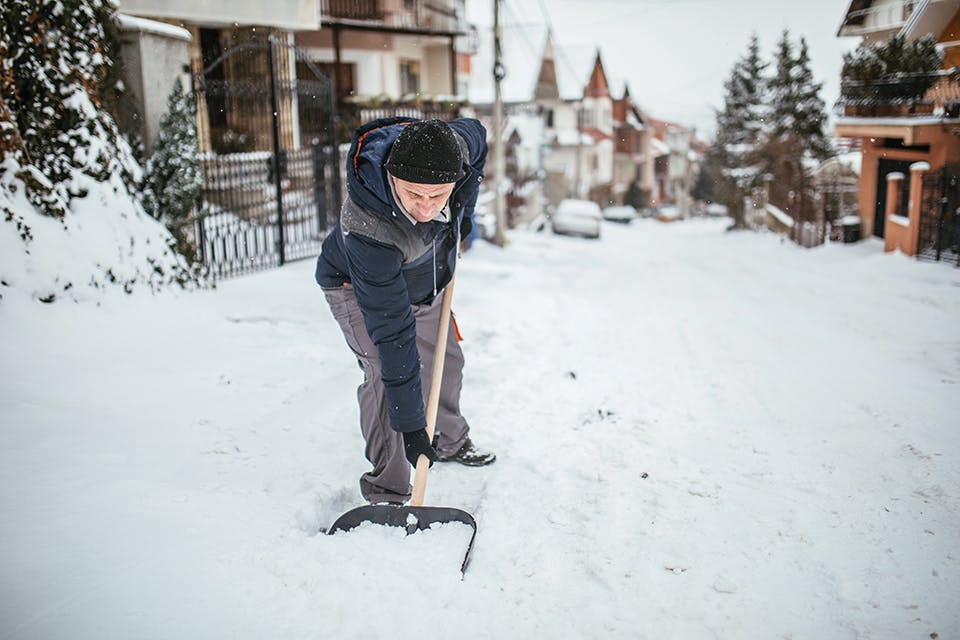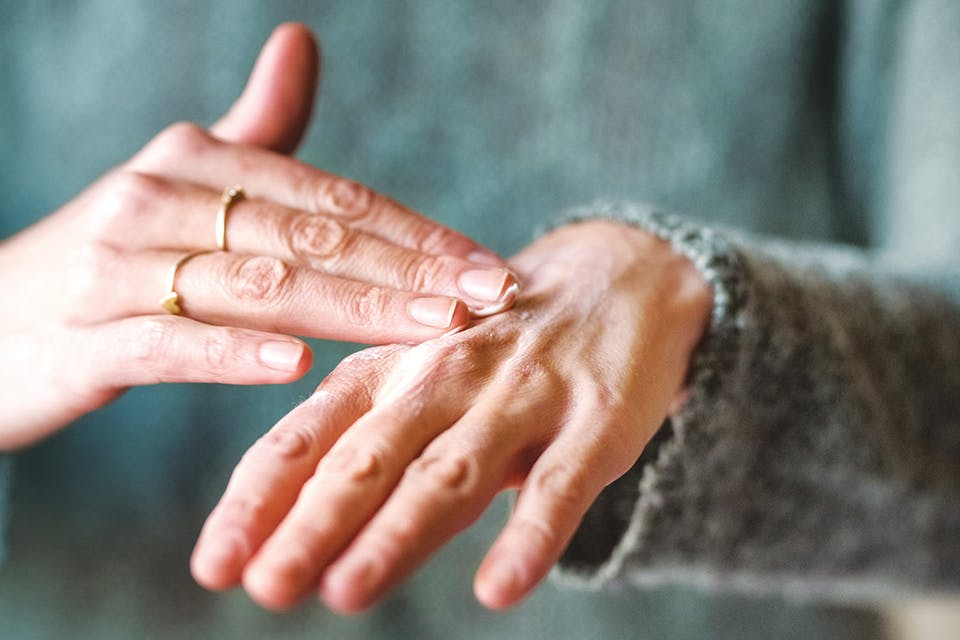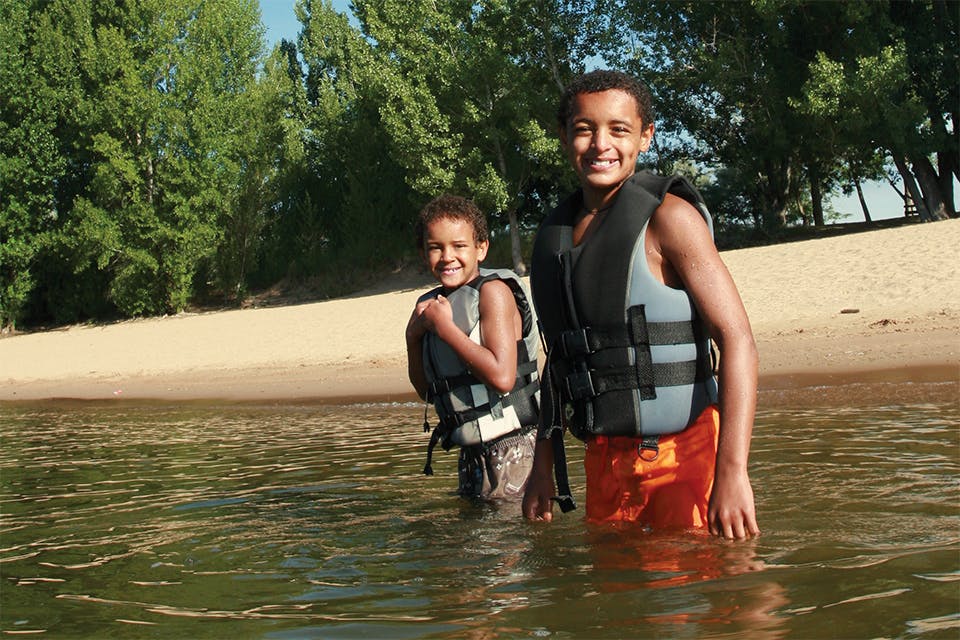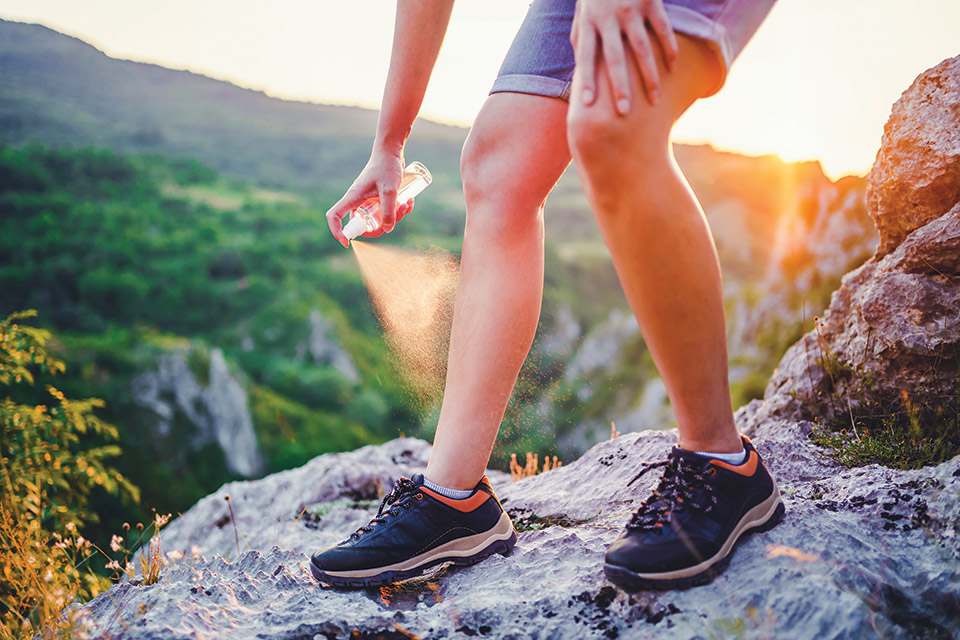Ohio Life
| Live Well Ohio
Live Well Ohio: June 2021
Doctors share advice for protecting your skin from the sun’s rays and how to safeguard yourself against the itches and ouches waiting for you in the woods.
Related Articles

Live Well Jan./Feb. 2024
How to prevent common hazards in and around the home and cold weather arrives. Plus, Dublin resident Greg Ruf shares his work to bring awareness to a lesser-known heart condition. READ MORE >>

Live Well Ohio: Nov.-Dec. 2023
Follow these five strategies to help combat dry skin this winter, and learn the lifestyle modifications that can help those at risk for developing diabetes. READ MORE >>

Live Well Ohio: July/August 2023
The Ohio Department of Natural Resources offers advice for staying safe on Ohio’s inland lakes, and a doctor shares how to help protect the health of your brain. READ MORE >>




